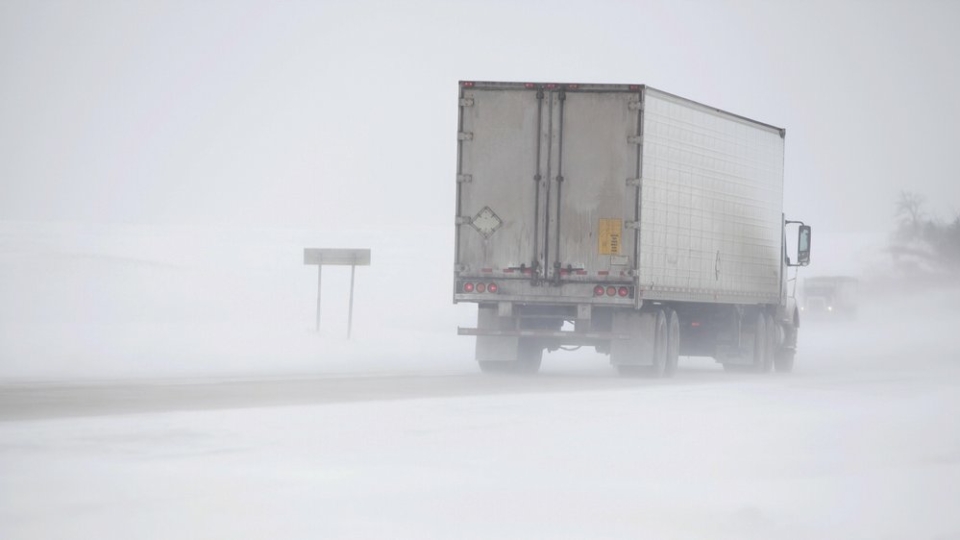Story by
Johnny McCord
Tags /
- Business
- Freight
- Weather

The winter of 2021 was one for the record books, with several major winter storms battering the U.S. It was a sober reminder that those who move cargo and the cargo they move are always threatened by severe weather. The wheels of the economy are literally wheels—wheels that have to keep turning.
Even those that were more fortunate were still far from safe. Commercial drivers passing through Minnesota saw 21 tractor-trailers jackknifed by the time the heavy snowstorm passed. In southeastern Wyoming, wind speeds reached almost 80 semi-toppling miles-per-hour along I-80—and a 118 mph wind gust was recorded in Clark.
In a normal year, these severe storms and the simultaneously surging holiday shipping volumes would present monumental challenges to the supply chain industry.
Of course, this is no ordinary year.
So, how do you help protect your people and keep cargo safe?
Find opportunities to improve wellness in the workplace
Despite reopening borders and a recovering economy, a Gallup poll found that Americans’ mental health hasn’t improved since last year. In fact, just 34% of respondents described their mental health as “excellent”—representing the lowest level of wellness in two decades.
What does that mean for you and your business?
Despite workers’ very best intentions, they’re simply more likely to make a mistake as they struggle to manage increasing workloads, just-in-time stresses, and inclement weather conditions.
The good news is there are many ways your business can support improving mental health. For starters:
- Survey your employees to get a better handle on burnout and identify ways to address it
- Nurture strong social support within your workplace community through stress-relief programs and company connecting events
- Create opportunities for employees to safely share concerns with those who will empathically listen, validate concerns, and address at least some of those concerns
- Communicate clear expectations and offer the training and support employees need to feel successful while giving them permission to let go of unrealistic goals
- Encourage mental health breaks during the day—and time off to the extent possible
Mitigate the threat of severe winter storms to your workers and loads
We can’t control the weather, of course, but we are getting much better at monitoring and predicting it. And, this critical data should inform the decisions shippers and freight industry partners, like you, make about when to ship, on what routes, and via which mode.
What best practices can you adopt to protect your team, loads, and business?
- Budget for resilience. Ensure your business can absorb the expense of longer but safer routes and extended warehouse storage, giving you the financial flexibility to wait out or route around storms.
- Implement a pre-loading weather conditions check procedure and adjust your plans accordingly.
- Leverage smart routing solutions—or work with carriers who do. This predictive analytics-driven tech can more efficiently and effectively route trucks around late-developing storms.
- Ensure goods are properly packaged. Padding fragile cargo and sealing boxes along all seams, for example, can minimize cargo damage should a truck be rocked by a wind gust or slide off an icy road.
- Add all-risk cargo insurance to ensure you won’t absorb the full financial brunt of a weather-related loss. (Remember: Carrier liability policies only protect against provable carrier neglect—not Acts of God, like straight-line winds and icy roads.)
Winter weather has—and always will—present challenges to the freight industry. This year, however, businesses need to give added attention to the human element, as well.
By investing in worker wellness, increasing business resilience, and rigorously adhering to best practices, however, you can help ensure your loads arrive in one piece—while doing all you can to protect the health and safety of the people that drive your business forward.